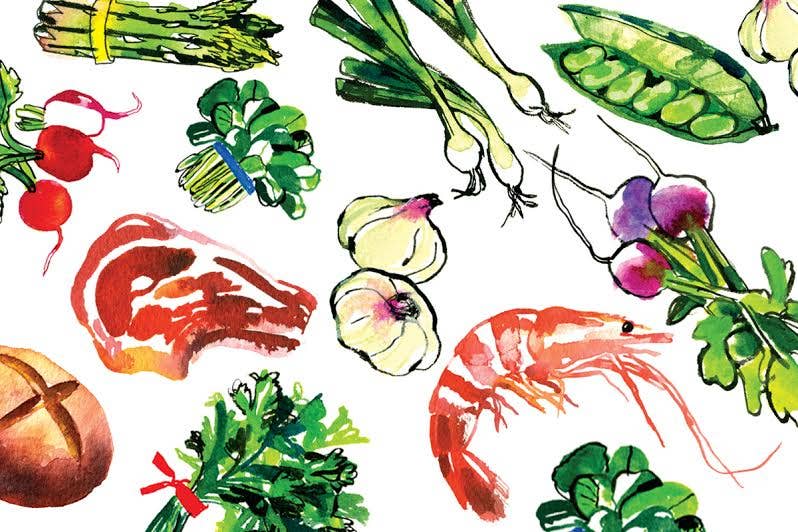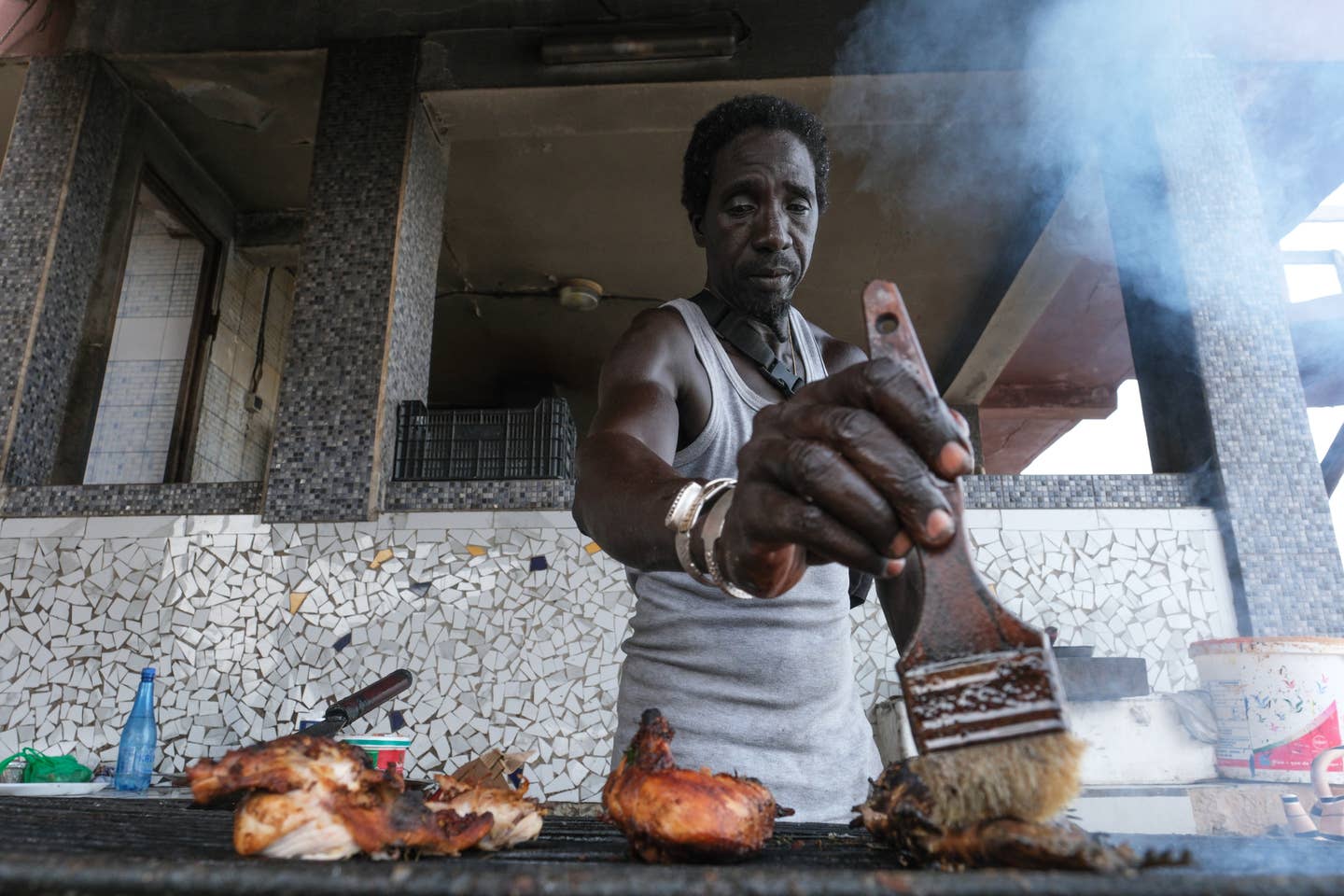
Eat Your Words
This April, as the International Edible Book Festival entered its ninth year, bibliophiles around the world gathered to present, then devour, books made to eat.
The festival is the creation of the book-art archivist, historian, curator, and librarian Judith A. Hoffberg. It takes place on or around April 1 of each year and is loosely tied to the birthday of Jean-Anthelme Brillat-Savarin, author of The Physiology of Taste. (Like Brillat-Savarin's gastronomical treatise, the festival is mostly playful but is guided by a firm belief in the importance of both the palate and the page.)
"It's taken off with very little work on my part," Hoffberg said. "It's a self-duplicating machine." Since its inception, in California in 2000, the Edible Book Festival has been embraced by book centers all over the world, which manage the event on their own and may choose to register at the festival website (books2eat.com). This year, groups in 11 countries, ranging from Australia to Singapore, and 23 U.S. states signed on.
Many libraries and other nonprofit book organizations have made the festival an annual fund-raising event, and the edible books vary in their ambition and scope, ranging from the silly to the sublime. "Everybody does it a different way," Hoffberg observed. "Some are really elegant, and some are really easy."
In New York, the Center for Book Arts, which offers workshops in traditional book-making methods, has made the Edible Book Festival part of its annual benefit. On the evening of April 3, supporters of the CBA gathered in Manhattan to bid on artwork, listen to Japanese Gypsy rock, and eat books.
For the past three years, the CBA has paired book artists with professional chefs. "At the beginning, you could really tell which ones the chefs worked on," said CBA executive director Alexander Campos. "We've been moving toward greater palatability."
The edible books on the CBA's dessert table were a smorgasbord of literary and culinary tropes. An excerpt from Don Quixote _on lavash-like paper occupied one side of the table. A solitary pink balloon hovered above a cake crowned with two figurines, together representing the balloon from _Around the World in 80 Days.
Rough, muscular "bread rocks" by the artist Tattfoo Tan (http://www.tattfoo.com) standing for Lao Tzu's Tao Te Ching sat on the table in staggered rows. The brown, scorched surface of the bread was scattered with gold dust; fresh sprigs of rosemary added touches of gentle spring green. The combined effect was mesmerizing.
Lauri Ditunno, who runs the designer bakery Cake Alchemy (http://www.cakealchemy.com/), worked with science fiction-derived designs by the artists Rocco Scary and Austin Thomas (http://www.austinthomas.org/). At one end of the dessert table, her rendition of the spaceship from 2001: A Space Odyssey—looking a bit like a thighbone cast in chocolate—hovered above a lunar landscape of nuts dusted with powdered sugar. Across the table, atop a broad rectangular cake base, accordion-fold sheets of chocolate framed an illustration from H. G. Wells's The Time Machine.
A few feet away, a huge fruit pie crust oozed over the sides of its rectangular pan like one of Salvador Dali's postage stamps. The surface of the pie was covered in glyphs of crust and bright food coloring. "It's the tale of Momotaro, or Peach Boy," said baker Jon Zeltsman, who based the pie on a design by artist Micki Watanabe-Spiller. Zeltsman pointed to the discrete patches of sculpted crust that illustrated phases of Momotaro's journey. A cluster of cayenne-spiced sour cherries marked the home of fire-dwelling demons. In the bottom left corner of the pie, a swooning figure leaned out of a whole roasted peach: Momotaro being born. "He was meant to be standing up but fell over in the oven," Zeltsman said, then paused. "Actually, the peach is very womblike."
When it was time to cut the cakes and eat the books, no one hesitated. Knives flashed. Someone broke off a chunk of solid-chocolate spaceship and plated it beside a slice of The Time Machine. _In a few minutes, _Don Quixote was being dipped in roasted red pepper sauce and consumed along with red wine.
Between sweet, airy mouthfuls of Time Machine buttercream and knolls of Tao Te Ching rock bread, I remembered what Hoffberg said about an edible-book event that she'd attended in Germany, where a book artist had made gorgeous illuminated manuscripts of gingerbread and icing.
Could she bring herself to ingest them?
"I ate them up, my dear," she said. "I hated to."
Keep Reading
Continue to Next Story










